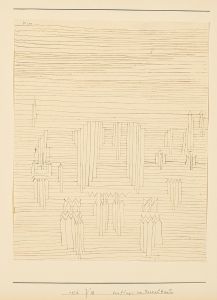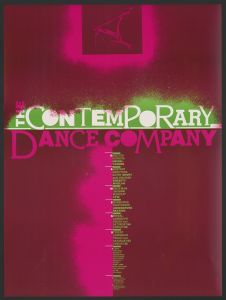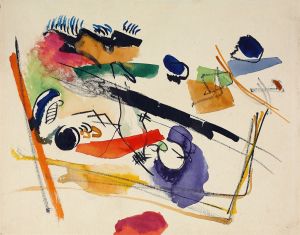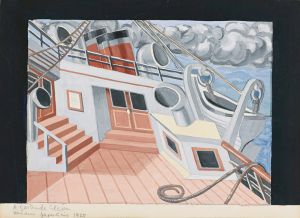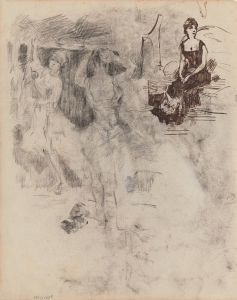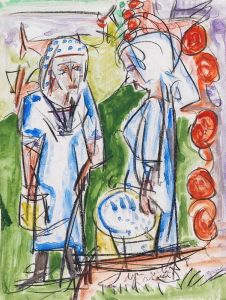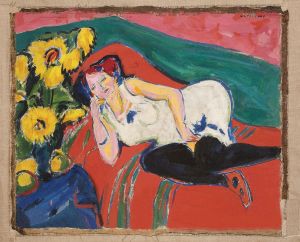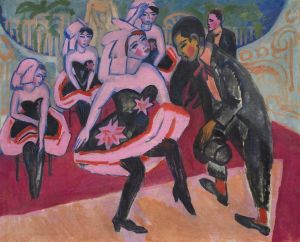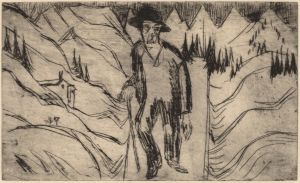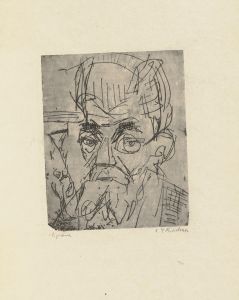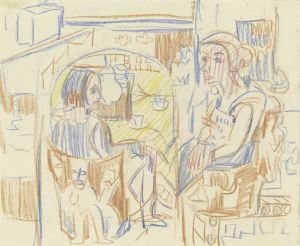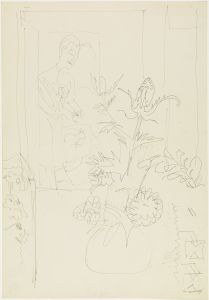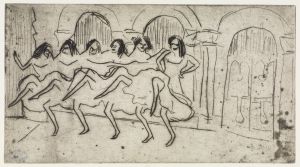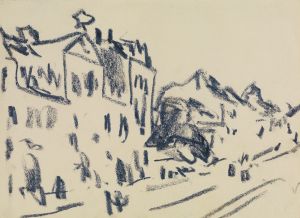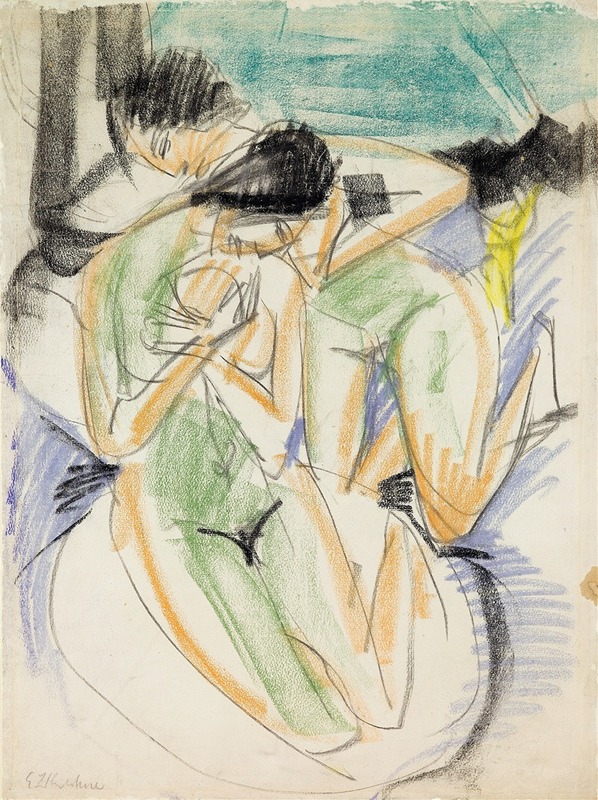
Two Nudes
A hand-painted replica of Ernst Ludwig Kirchner’s masterpiece Two Nudes, meticulously crafted by professional artists to capture the true essence of the original. Each piece is created with museum-quality canvas and rare mineral pigments, carefully painted by experienced artists with delicate brushstrokes and rich, layered colors to perfectly recreate the texture of the original artwork. Unlike machine-printed reproductions, this hand-painted version brings the painting to life, infused with the artist’s emotions and skill in every stroke. Whether for personal collection or home decoration, it instantly elevates the artistic atmosphere of any space.
Ernst Ludwig Kirchner's Two Nudes is a painting created by the German Expressionist artist, who was a founding member of the influential art movement Die Brücke (The Bridge). Kirchner, known for his bold use of color and dynamic compositions, often explored themes of modernity, human emotion, and the human form in his work. Two Nudes exemplifies his interest in the human figure, a recurring subject in his artistic practice.
The painting depicts two nude female figures, rendered in Kirchner's characteristic style, which combines angular forms, vibrant colors, and expressive brushwork. The figures are presented in a simplified and somewhat abstracted manner, emphasizing their physicality and emotional presence rather than adhering to strict realism. This approach reflects Kirchner's desire to break away from traditional academic art and embrace a more direct, emotional, and modern aesthetic.
Kirchner's work, including Two Nudes, was heavily influenced by non-Western art forms, particularly African and Oceanic art, which he and other members of Die Brücke admired for their perceived authenticity and raw expressiveness. These influences are evident in the stylized forms and bold lines of the painting. Additionally, Kirchner's interest in the natural world and the human connection to it is a theme that frequently appears in his art, and the setting of Two Nudes may suggest an intimate, natural environment, though the exact context is left ambiguous.
The painting was created during a period when Kirchner and other Die Brücke artists were experimenting with new ways of representing the human figure and exploring the relationship between individuals and their surroundings. This period was marked by a rejection of industrialization and a yearning for a more primal, unmediated connection to life and art. The nudes in the painting reflect this ethos, embodying a sense of freedom and vitality.
Kirchner's career was deeply affected by the political and social upheavals of the early 20th century, including World War I and the rise of the Nazi regime in Germany. His art was labeled "degenerate" by the Nazis, and many of his works were confiscated or destroyed. Despite these challenges, Kirchner's contributions to modern art, particularly his role in the development of German Expressionism, remain highly regarded.
Specific details about the provenance or current location of Two Nudes are not widely documented, and the painting is one of many works by Kirchner that reflect his innovative approach to art and his enduring influence on the Expressionist movement.





